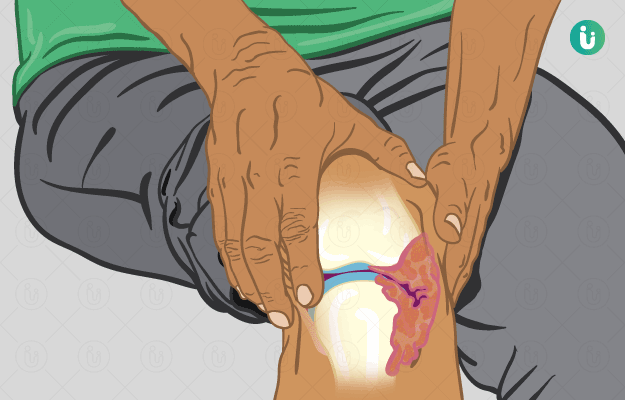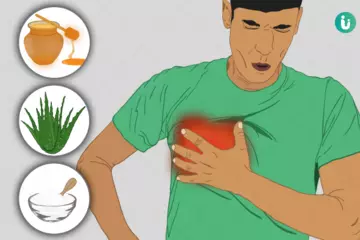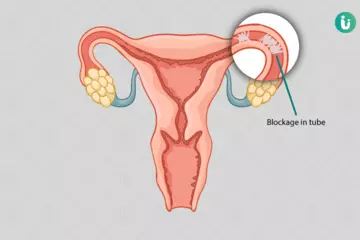What is rheumatoid arthritis?
Rheumatoid arthritis (RA) is a condition characterised by inflammation or swelling in and around the joints, joint pain and other symptoms. This is an autoimmune disease where the immune system mistakes healthy tissues for a foreign body and attacks them.
Lack of timely intervention causes damage to the cartilage, a tissue that covers the joints and the bones. Further, this loss of cartilage leads to a reduced joint spacing. Overall, the condition is highly painful but can be controlled with medications.
Rheumatoid arthritis affects the joints of the hands, feet, elbows, knees, wrists and even ankles. The condition spreads through the cardiovascular or respiratory system, which is why it is referred to as a systemic disease.
What are its main associated signs and symptoms?
The major signs and symptoms of the condition include:
- Morning stiffness that goes away with continuous joint movement throughout the day.
- Fatigue.
- Anaemia.
- Painful joints.
- Dry eyes and mouth.
- Firm lumps in the elbows, hands, knees and other joints.
- Swelling and redness in the joints.
- Chest pain.
- Fever and weight loss.
Troubled by obesity? Failed to lose weight? Now control weight easily by myUpchar Ayurveda Medarodha Weight Control Tablet. Get started today and take steps towards a healthy life.
The painful condition affects both hands or feet simultaneously. It may start at any age post 30 and affects females more than men. At times, the flare-up, i.e., the pain and fatigue along with inflammation may occur unexpectedly and worsen the condition.
What are its main causes?
Though the exact factors that trigger this condition remain unknown, the following factors may be considered as a precursor to the condition:
- Gene mutations.
- History of RA in the paternal family.
- Infections.
- Hormonal changes.
- Emotional distress.
- Smoking.
- Exposure to pollutants.
How is it diagnosed and treated?
The condition is diagnosed by looking for the symptoms as given above. Furthermore, physical examination, x-ray and blood tests also help confirm the presence of the condition. Treatment is more effective if early diagnosis and treatment are provided.
Treatment:
The treatment avenues include both pre-emptive and reactive treatments, such as:
- Painkillers or analgesic medications.
- Nonsteroidal anti-inflammatory medications like ibuprofen.
- Corticosteroids like prednisolone.
- Disease-modifying anti-rheumatic medicines like methotrexate.
- Biological medications like infliximab.
- Exercises, such as strength training and Tai Chi.
- Physiotherapy to control the pain and preserve motion in the joints.
- Gadgets that help relieve the pain and pressure.
- Rest.
- Eating healthy and adding omega 3 fatty acids to the diet.
- Using massage, acupuncture and other complementary therapies.

 Doctors for Rheumatoid Arthritis
Doctors for Rheumatoid Arthritis  OTC Medicines for Rheumatoid Arthritis
OTC Medicines for Rheumatoid Arthritis
 Rheumatoid Arthritis articles
Rheumatoid Arthritis articles News for Rheumatoid Arthritis
News for Rheumatoid Arthritis

 Diet for Rheumatoid Arthritis
Diet for Rheumatoid Arthritis
 Homeopathic Treatment of Rheumatoid Arthritis
Homeopathic Treatment of Rheumatoid Arthritis








 Dt. Akanksha Mishra
Dt. Akanksha Mishra

 Dr. Rachita Narsaria
Dr. Rachita Narsaria











